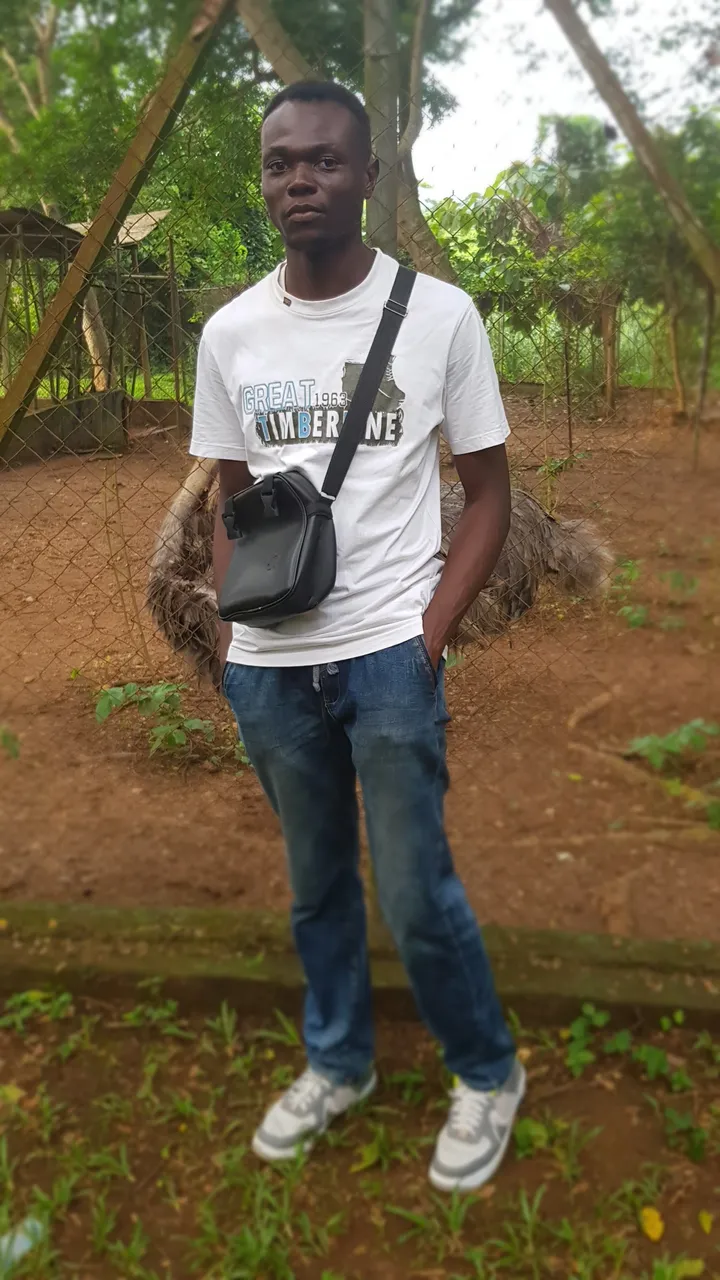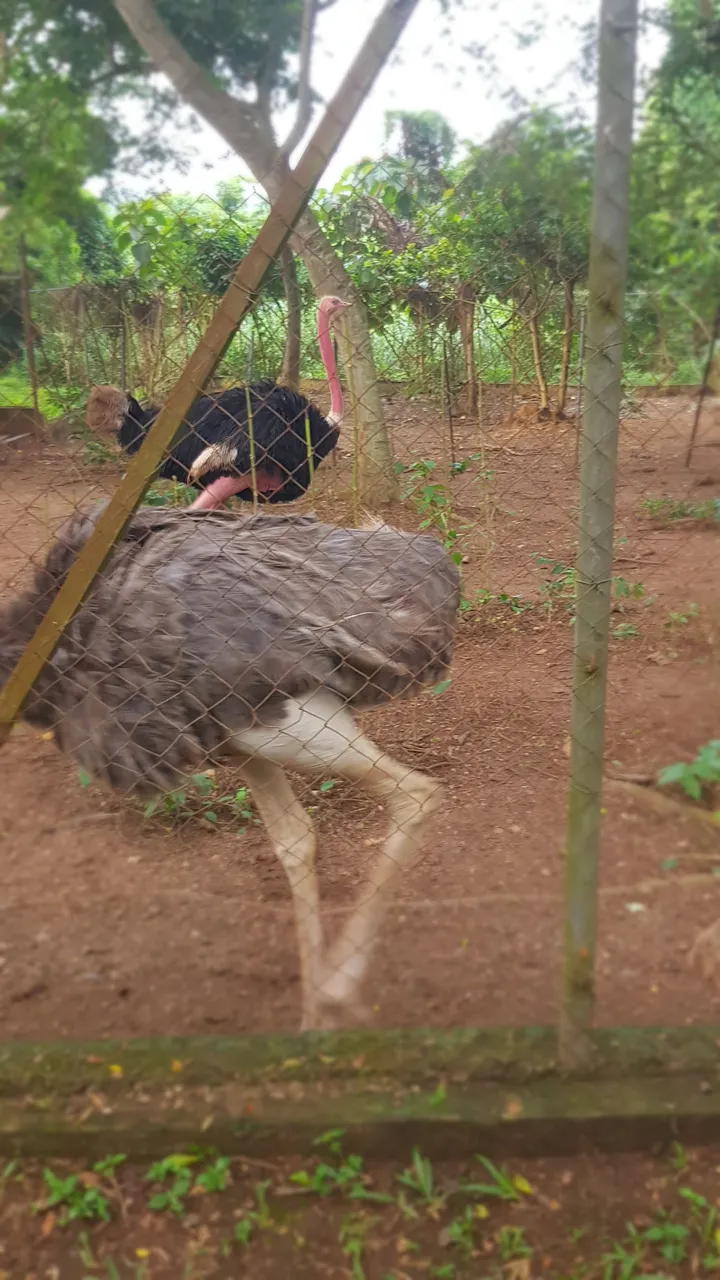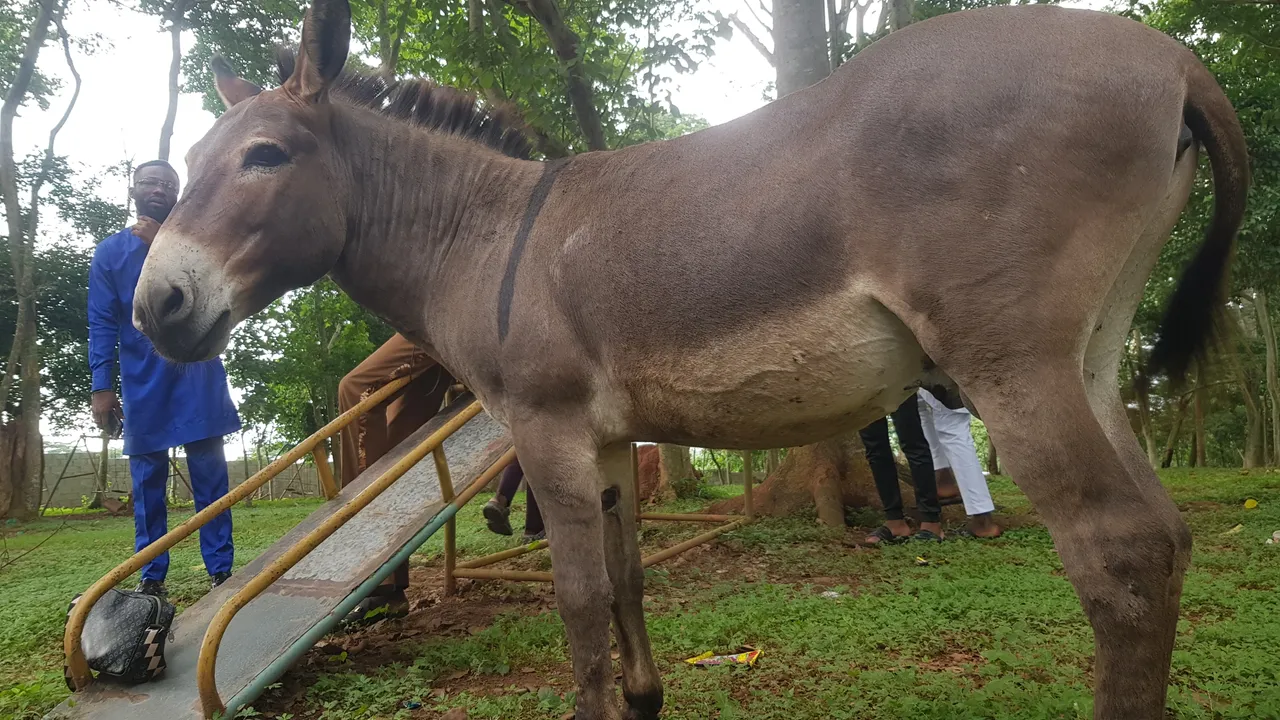
Hello Hive nation, welcome to my blog
Wildlife conservation facilities in the form of zoos and wildlife recreation parks have been man's way of relating closely with wildlife and keeping a balanced ecosystem for a long time.
It has given man the opportunity to relate with these beasts to create a relationship and a connection between man and nature.
With a lot of wild animals facing the risk of extinction, it has become paramount for wildlife conservation, so scientists take some of these beasts out of the wild and put them in zoos and parks to reduce the chances of extinction. and also to help them survive.
Furthermore, during the dry season, most of the lakes and small rivers that serve as sources of water for some of these wild animals become dried up, making it a lot difficult for some of these animals to survive these seasons. Most of them also have to hunt to get food.
But when these animals are in parks or zoos, they hardly lack the basic needs required for their survival. They don't need to hunt before they are fed, although in the long run this makes them lazy because all their needs are being catered for.
I have seen documentaries of how some people illegally hunt down wildlife because they want to make some quick money, and although there are some guardians guarding against hunting wildlife, some hunters still illegally carry out hunting activities in some of the restricted areas where hunting isn't permitted.
Keeping some of these animals in the reserves and tourist facilities protects them from being hunted and used for meat or skin. We sometimes also watch documentaries of wildlife hunting man, especially in settlements where both man and these beasts live in close-range environments. Scientists say that when wild animals begin to attack man and succeed, they start targeting human prey in such environments.
Shelter can also be an issue in the wild due to extreme weather conditions, which can be an issue in the area of animal health. Although putting these animals in cages where they are limited from truly expressing their natural behavior can be regarded as exploitation, if you look at the brighter side, they are being done a favour in terms of preservation.
 |  |  |
|---|
Some of these animals are also no longer fit to stay in the wild due to injuries sustfiercerom fearced battlrivals;een rivials it becomes paramount to give these animals very good care in order not to lose them.
For someone like me who has only seen most of these animals on TV, I was so glad on my first visit to my school's zoo during my 200-level days in the university that I got an opportunity to see an ostrich bird for the first time, and I also got to know that their species is one that is at risk of extinction, and the most interesting part for me was actually getting to know that the ostrich bird only has one partner in their lifetime.
On another occasion when I had the opportunity to visit a reserve back in Egbokodo, Delta State, Nigeria, I saw a tortoise, which I learned was about 75 years old at this time; it was already blind but was still being catered for, so imagine it was in the wild. I also feel that the relaxation these animals get in zoos and reserves helps to preserve their lives and helps humans better interact with them to create a balanced ecosystem.
You can't take away the fact that keeping some of these animals in zoos where they are restricted is a form of exploitation, but if you look at the bright side, when the right approach has been employed in taking care of these animals, then there is a better chance of keeping them from going into extinction.
Thank you for visiting. my blog